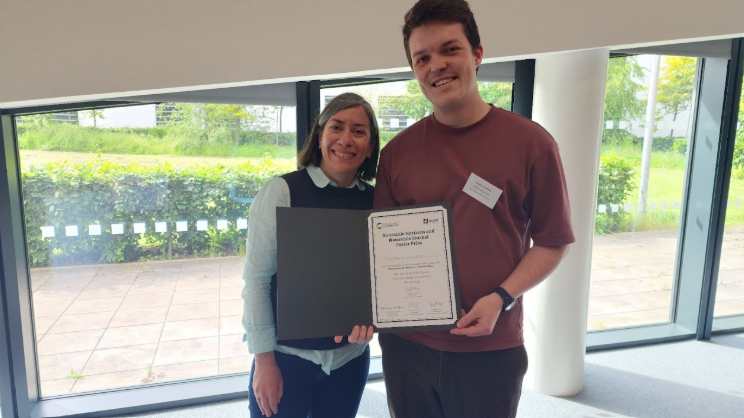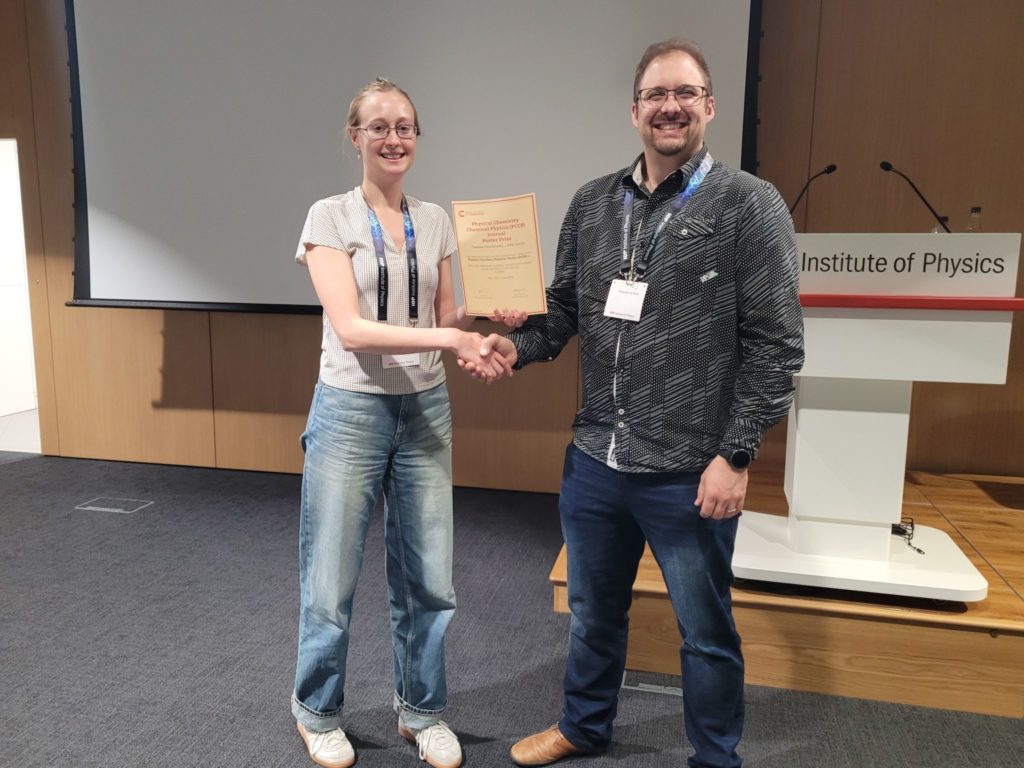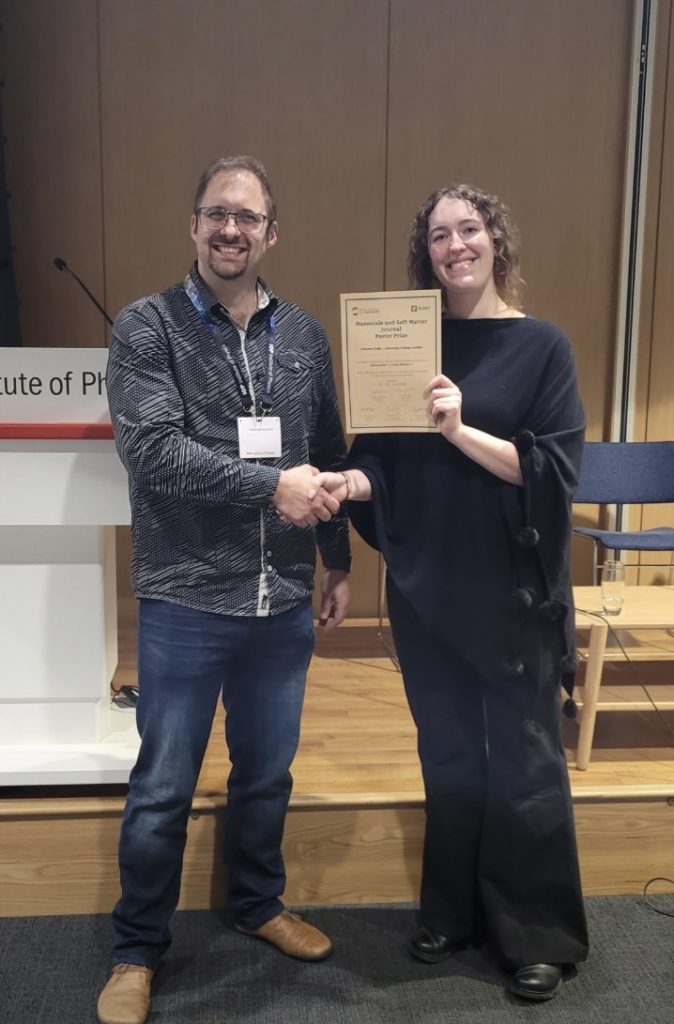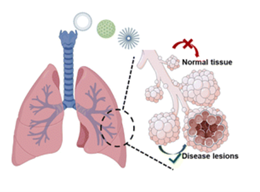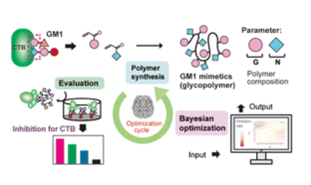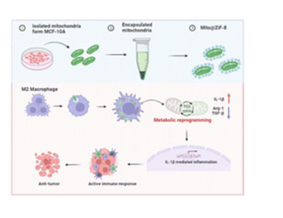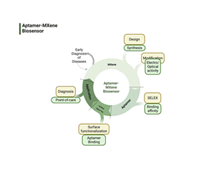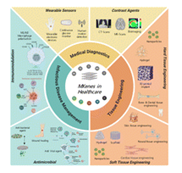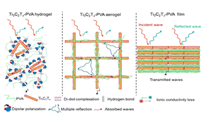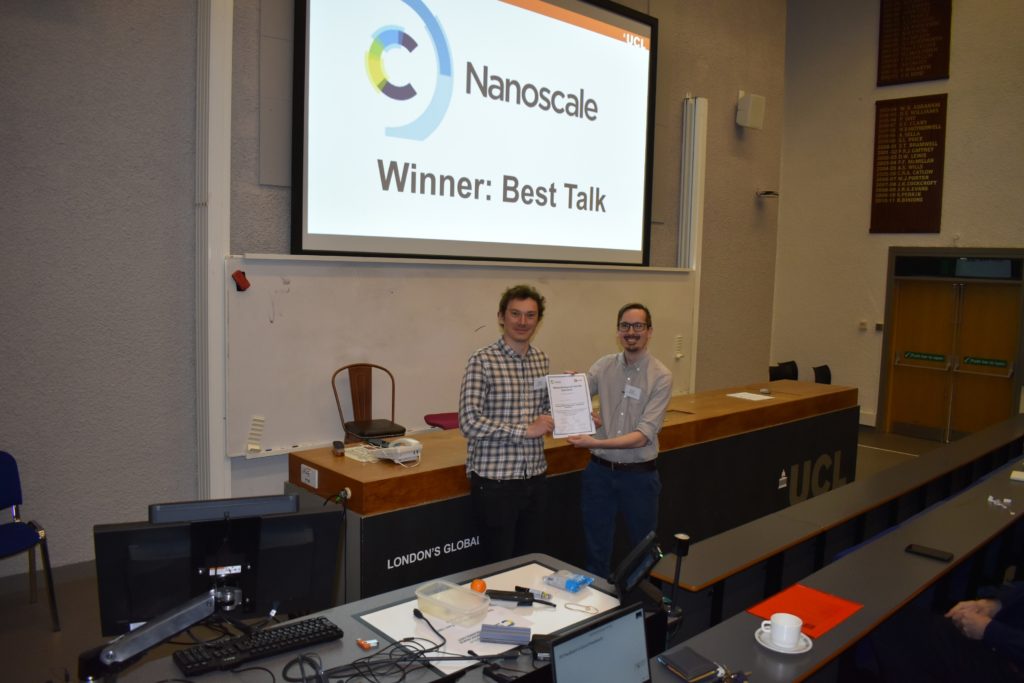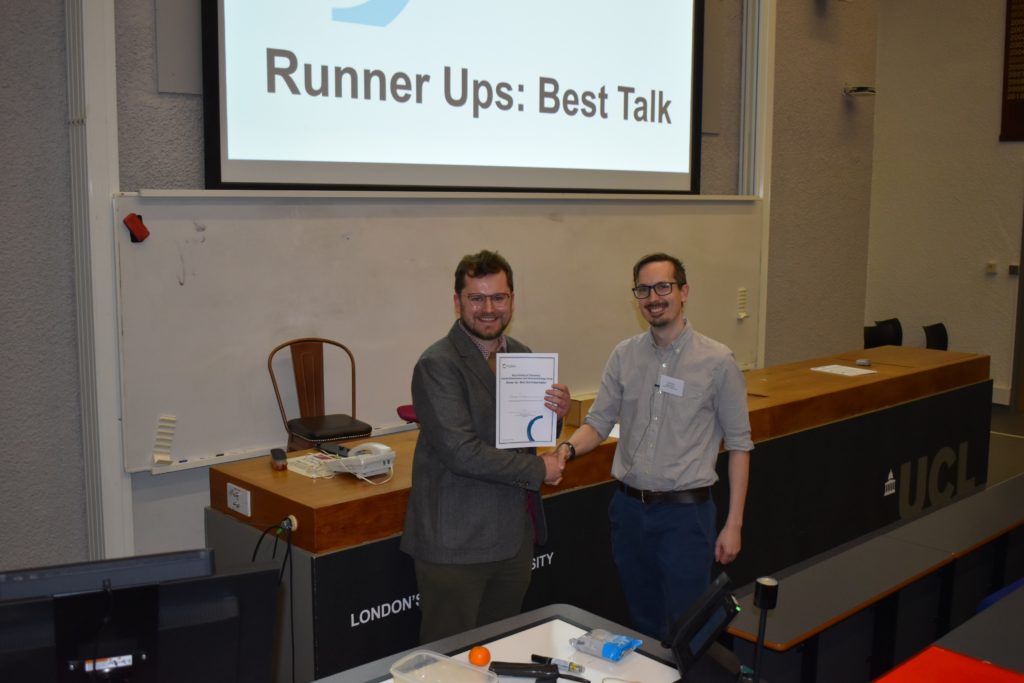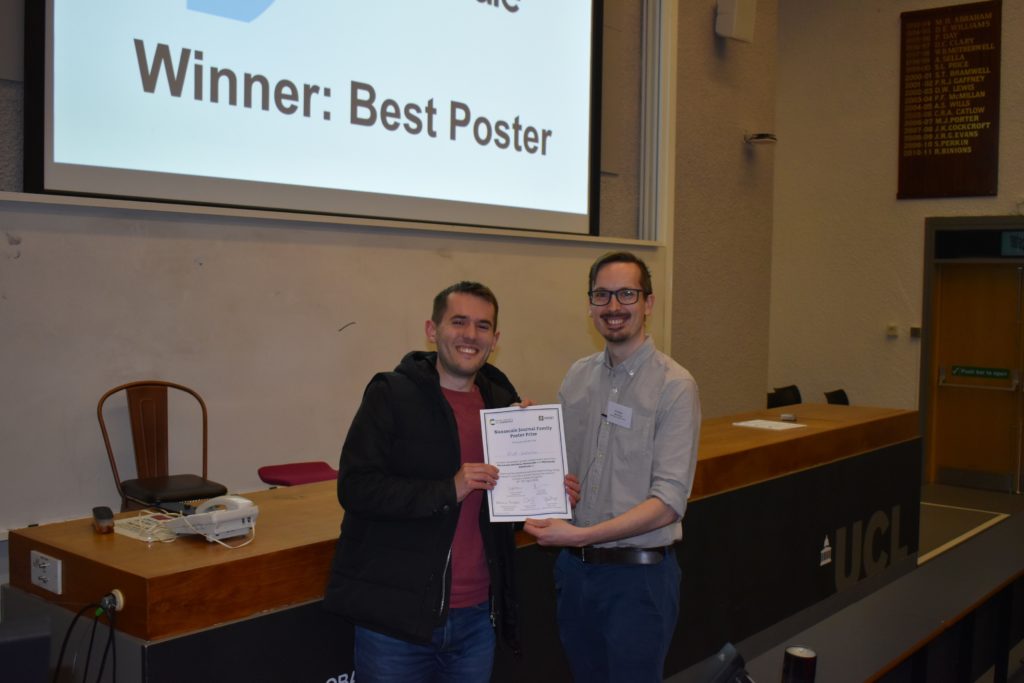Frontiers in Plasmonic Science and Applications
Submit your work to the collection before 16 February 2026
Nanoscale is delighted to announce on open call for our upcoming special themed collection Frontiers in Plasmonic Science and Applications!
This themed collection is being guest edited by Vipul Bansal (The Royal Melbourne Institute of Technology, Australia), Hiang Kwee Lee (Nanyang Technological University, Singapore), Theobald Lohmueller (Ludwig Maximilian University of Munich, Germany), and Murali Sastry (Monash University, Australia).

Plasmonics has been an active field of research for several decades now, but continues to evolve rapidly, both conceptually and technologically. This progress is reflected in a wide range of applications and in ongoing innovation across fields, including enhanced spectroscopy, subwavelength optics, biomedical sensing, energy harvesting, and plasmon-enhanced catalysis. In parallel, new directions such as quantum plasmonics, ultrafast and nonlinear plasmonic phenomena, and plasmonic metasurfaces are pushing the boundaries of nanoscale light–matter interactions. As plasmonic materials and architectures become increasingly sophisticated, the field continues to expand its impact on both fundamental science and practical technologies
This special issue aims to capture the latest advances in the multidisciplinary field of plasmonics, encompassing both foundational research and emerging applications. We invite contributions that explore the broad scientific and technological implications of plasmonic phenomena across diverse domains. . The issue will focus on, but is not limited to, the following key areas:
- Novel synthesis and fabrication methods for plasmonic and hybrid plasmonic-based nanostructures
- Plasmonic effects in emerging materials
- Fundamental processes in plasmonic materials
- Advances in instrumental techniques for probing plasmons at the subparticle level
- Theoretical modeling and simulation of plasmonic systems
- Application of plasmonic materials in catalysis
- Plasmonic materials in sensing, diagnostics and imaging
We hope that readers find this themed collection informative and useful. Submissions to the journal should fit within the scope of Nanoscale. Please see the journal’s website for more information on the journal’s scope, standards, article types and author guidelines.
Open for submissions until 16 Feb 2026
The Editorial Office reserves the right to check suitability of submissions in relation to the scope of both the journal and the collection, and as such inclusion of accepted articles in the final themed collection is not guaranteed.
How to submit
If you would like to contribute to this themed collection
- Log into either the Nanoscale online submission system.
- Submit your article
- Select your article type and under the “Themed issues” section in the submission form mention that it is an Open Call contribution to the Frontiers in Plasmonic Science and Applications collection
- Add a “Note to the Editor” that this is from the Open Call
The Editorial Office reserves the right to check suitability of submissions in relation to the scope of both the journal and the collection, and inclusion of accepted articles in the final themed issue is not guaranteed.
Please note that all submissions will be subject to initial assessment and rigorous peer review to meet the usual high standards of Nanoscale. All articles featured in the collection must be in scope and as such final inclusion is not guaranteed and will be up to the discretion of the guest editors.
We look forward to receiving your latest work and considering it for this collection. Please do get in touch at nanoscale-rsc@rsc.org if you have any questions at all.

















